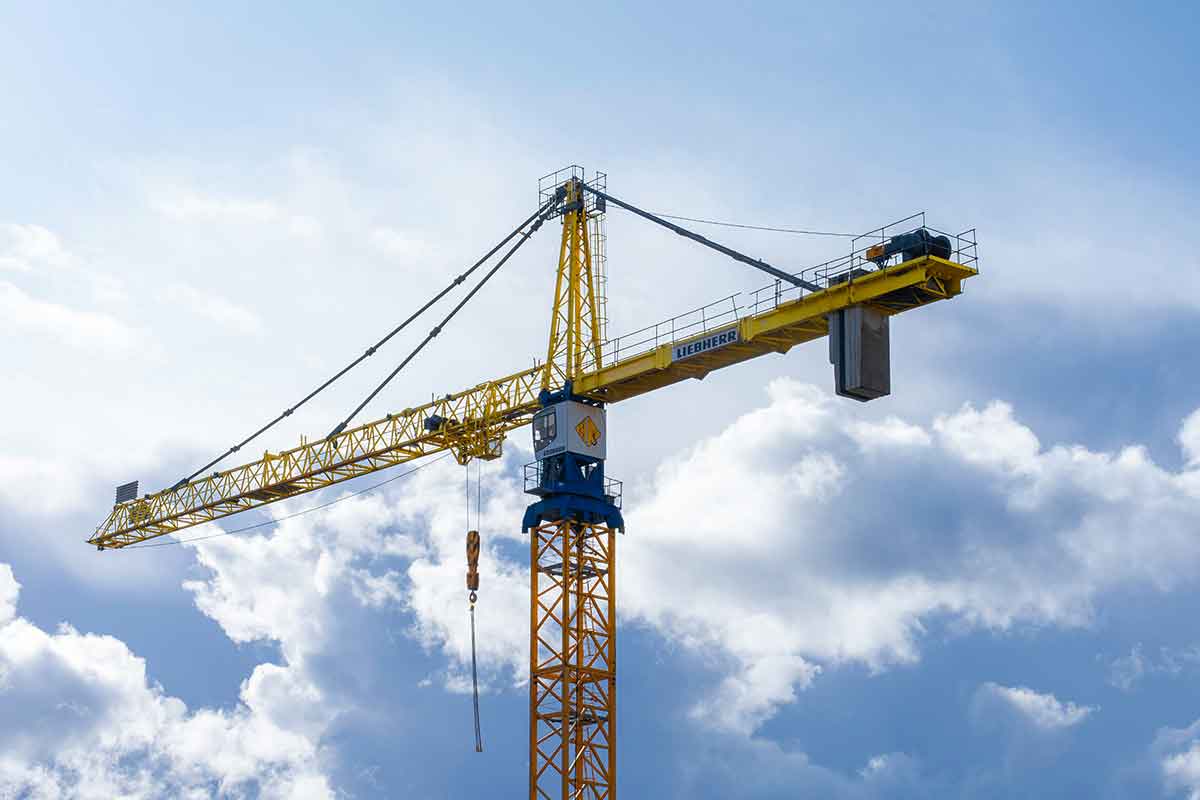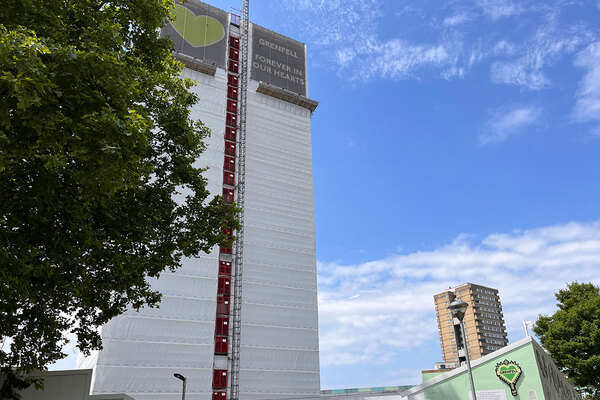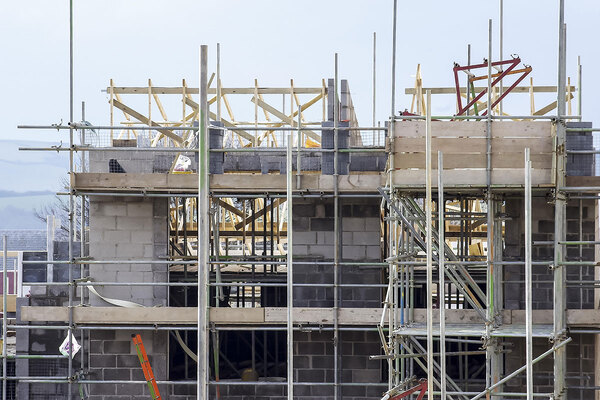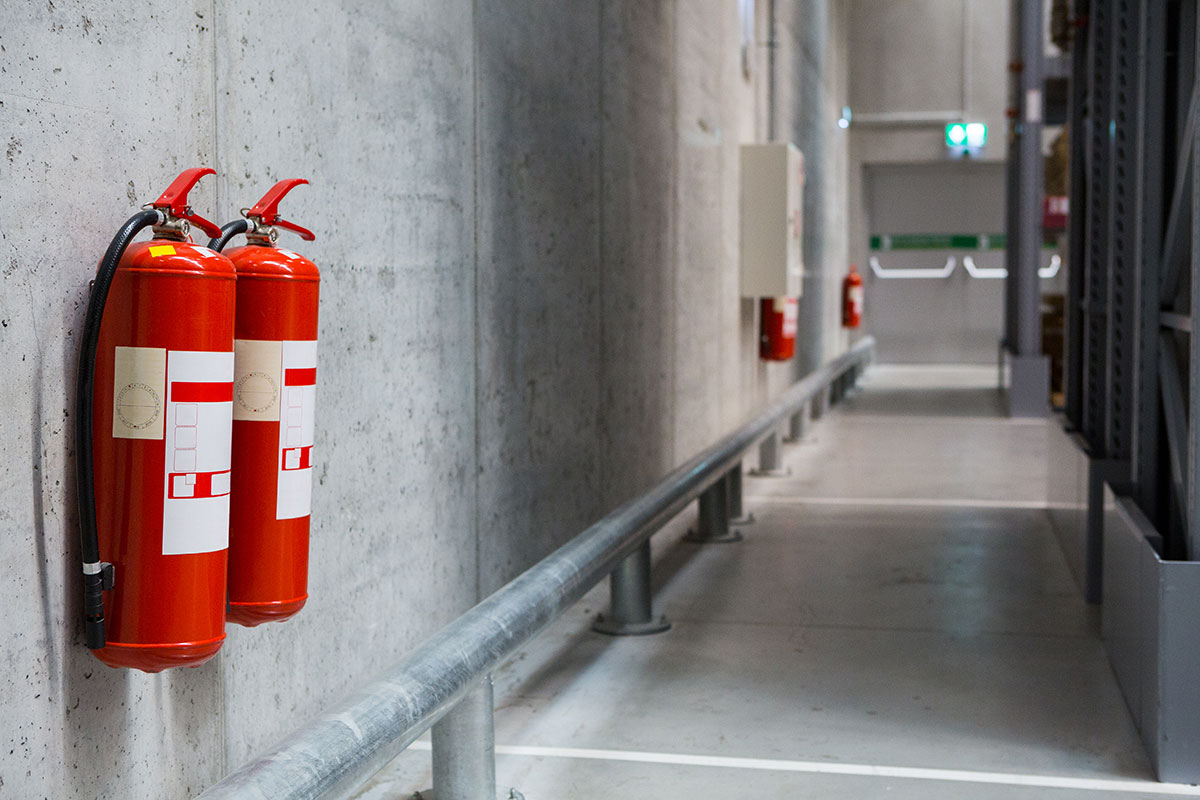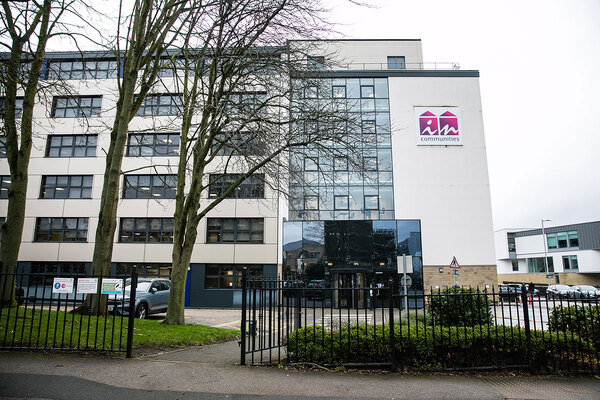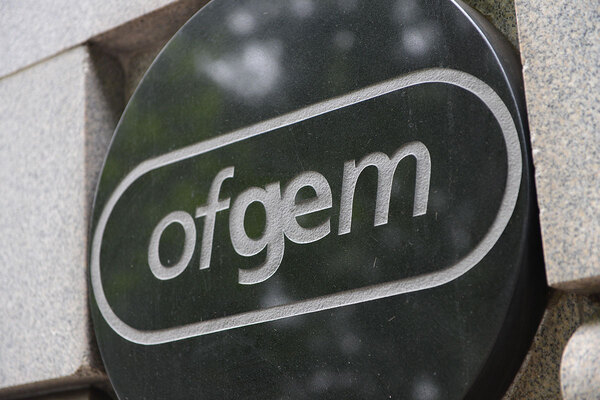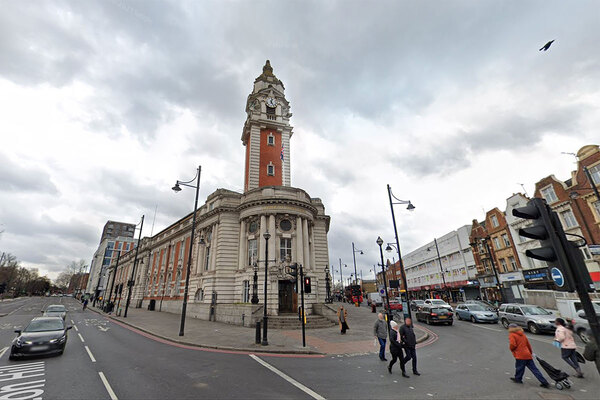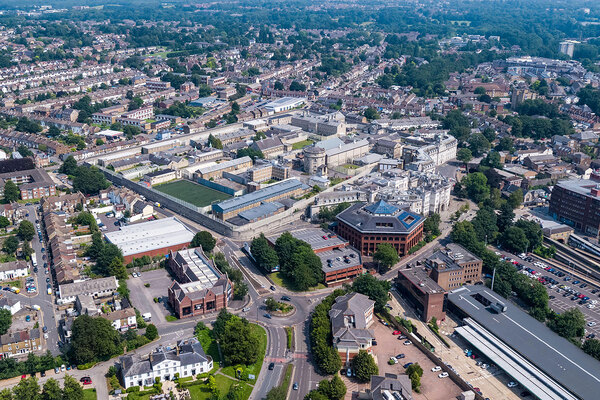You are viewing 1 of your 1 free articles
Cost and speed rather than safety still drive majority of building project decisions, report finds
A new report has found that building project decisions are “primarily driven by cost and speed” over quality and safety, despite the new building safety regime.
The Building Engineering Services Association (BESA) found a “total lack of engagement” over safety compliance among the construction clients of its members, who are made up of contractors and manufacturers.
“Far from seeing evidence of any significant culture change, the pressure to deliver projects faster and more cheaply was increasing at the expense of quality and safety,” BESA said.
The membership body found that this was primarily the case for owners and developers whose buildings were not classed as ‘higher risk’, which it said “confirmed the suspicion that most clients believe the act only applies to this type of building”.
Most clients of BESA’s members also thought the legislation was aimed solely at the construction sector rather than organisations that own, manage and operate buildings, the research showed.
BESA carried out the research during regional meetings with its members over six months, in order to “gauge take-up of measures introduced under the Building Safety Act”.
Rachel Davidson, director of specialist knowledge at BESA, said: “As there is currently very little enforcement of the legislation and, therefore, no apparent consequences, clients are still subjecting contractors to aggressive and sub-economic pricing.
“Not a single client has asked any of our members about compliance with the act. Tenders are still being won on lowest price and still being value engineered throughout the project on non-HRB [higher-risk building] works.”
She added that contractors who had applied more stringent safety measures reported being “priced out of projects as a result”.
Ms Davidson has called for the government to run a public awareness campaign to drive client engagement, and asked for clearer, simpler guidance for the industry from the Building Safety Regulator.
“If the government is really serious about improving standards of safety and performance alongside its ambitious plans for construction growth, it must properly resource the regulator and ensure that this potentially game changing legislation is fully enforced,” she said.
In December, official figures revealed that more than 500 buildings with life-critical fire safety defects owned by social landlords still have no clear remediation plans.
Recent research has shown that 136 firefighters who were exposed to toxic smoke at Grenfell are now suffering from life-changing health effects, including respiratory diseases and cancer.
A spokesperson for the Home Builders Federation said: “Safety is an absolute priority for new building design, and stringent regulations and processes ensure buildings delivered today of all types and sizes are built to the highest of standards.”
A spokesperson for the Building Safety Regulator said it is “dedicated to working with industry to achieve timely approval of building control applications and safe and compliant HRB project completions”.
“The new gateway processes brought in following the Grenfell tragedy are a key control to raise safety standards in buildings. However, the building regulations and requirements for building work have not changed in the new regime and the emphasis is on industry itself to step up and take responsibility in raising standards,” they said.
“We recognise that engaging with a new system and requirements is not something which can be achieved overnight and we’re continuing to work closely with industry to identify areas where we can strengthen our advice and guidance,” they said, adding that this includes weekly discussions with partners such as the Construction Industry Council and the Department for Business and Trade.
Sign up for our fire safety newsletter
Already have an account? Click here to manage your newsletters
